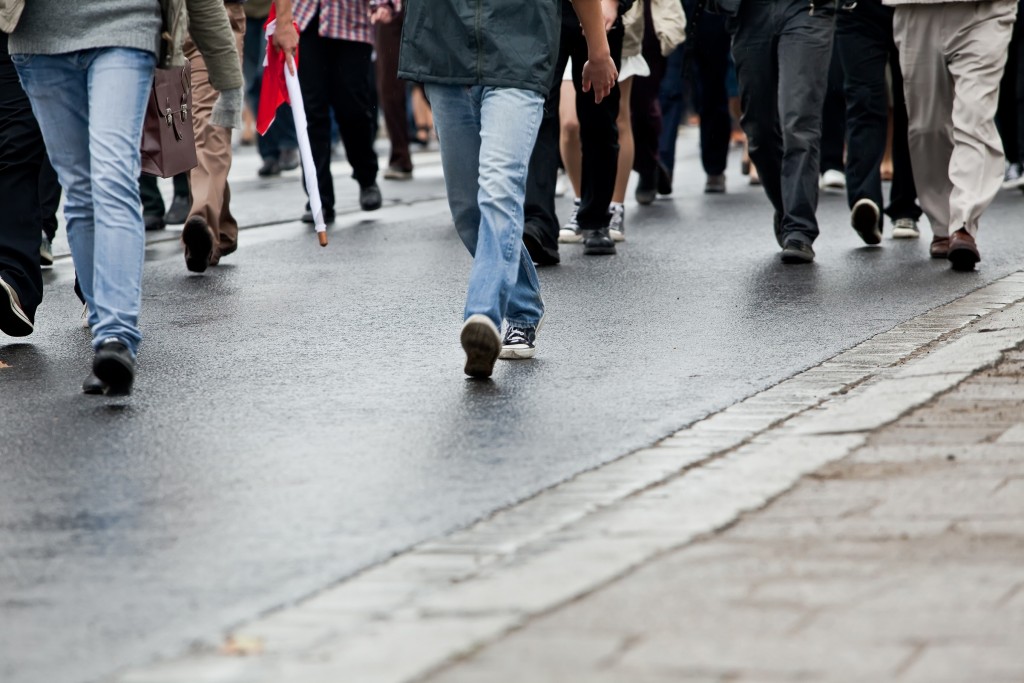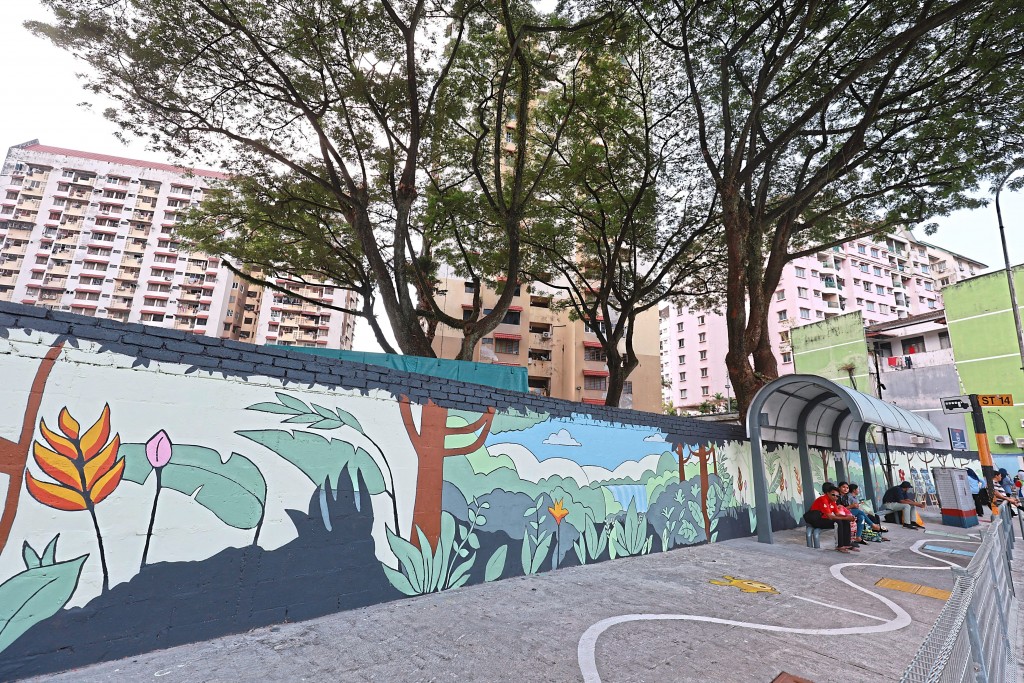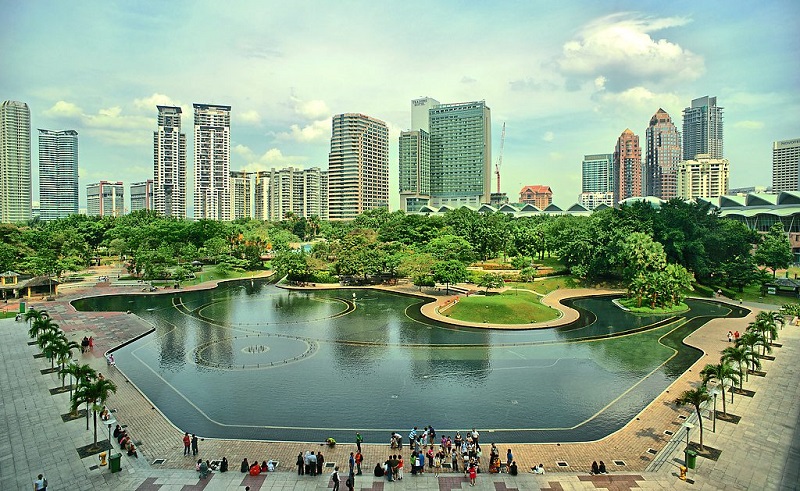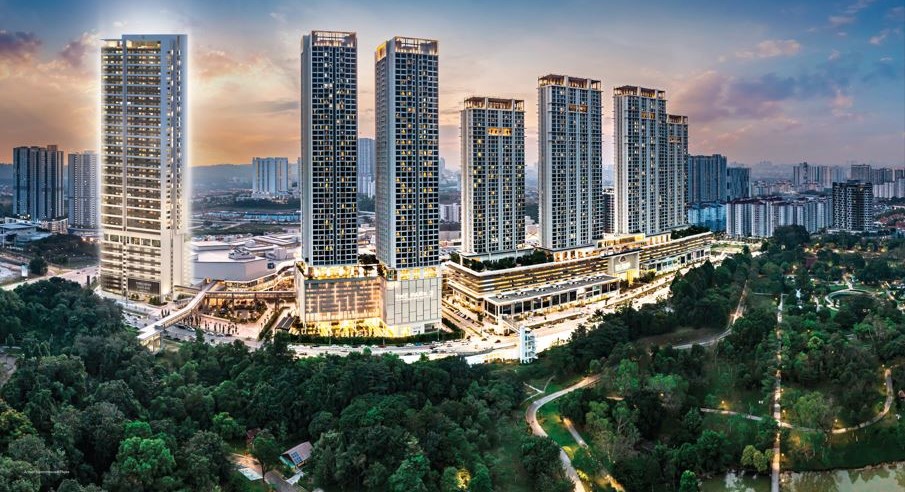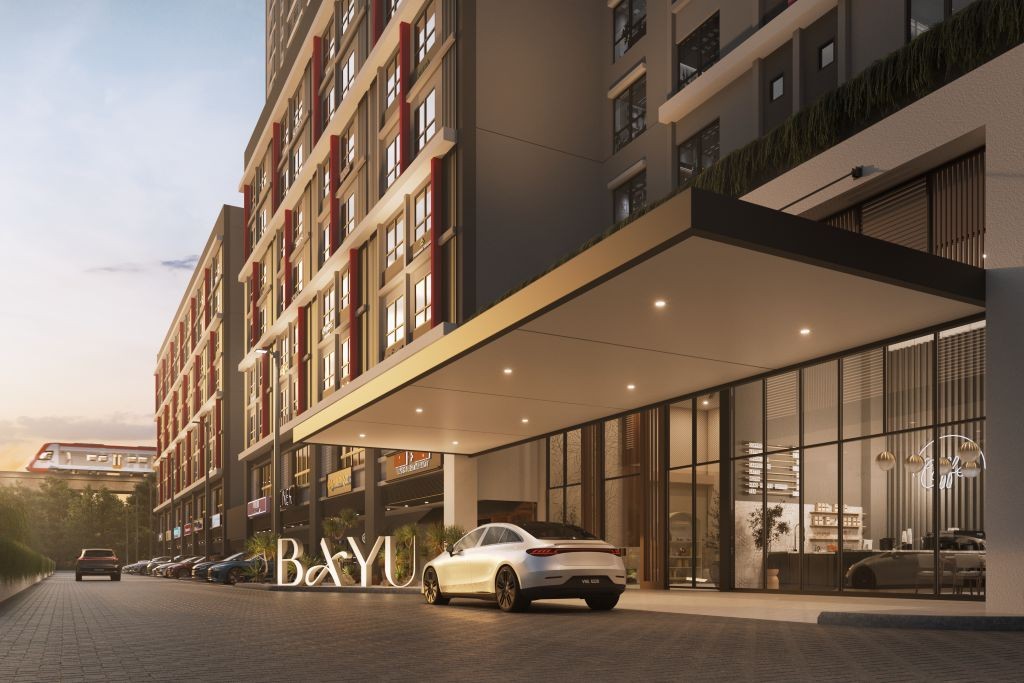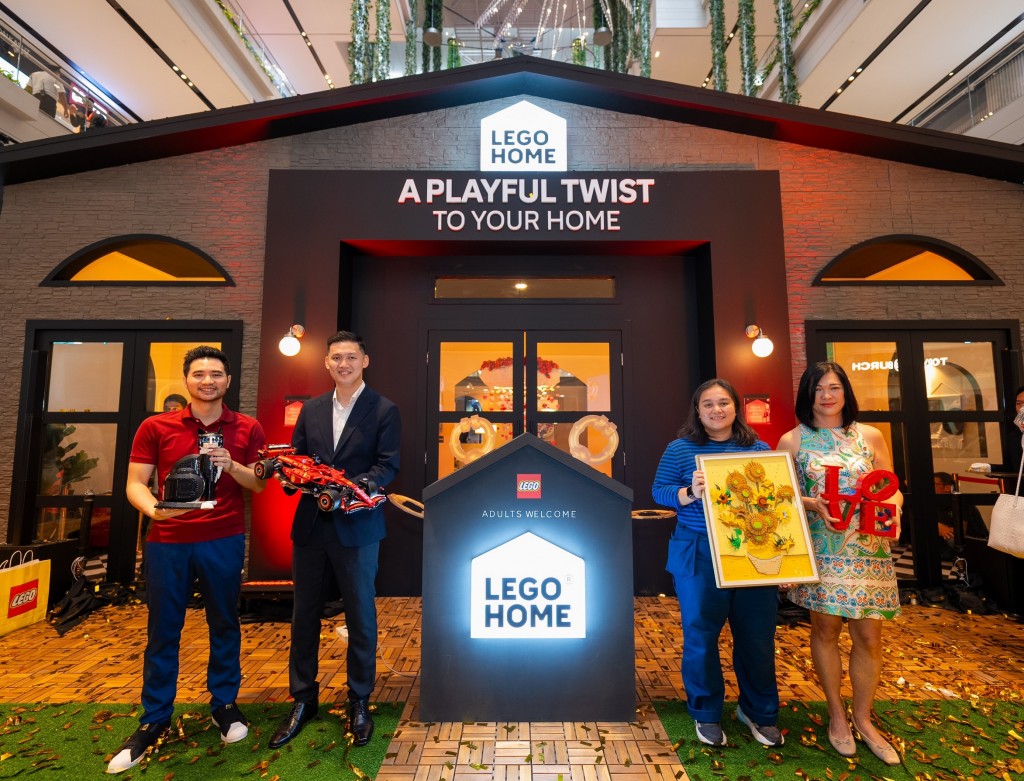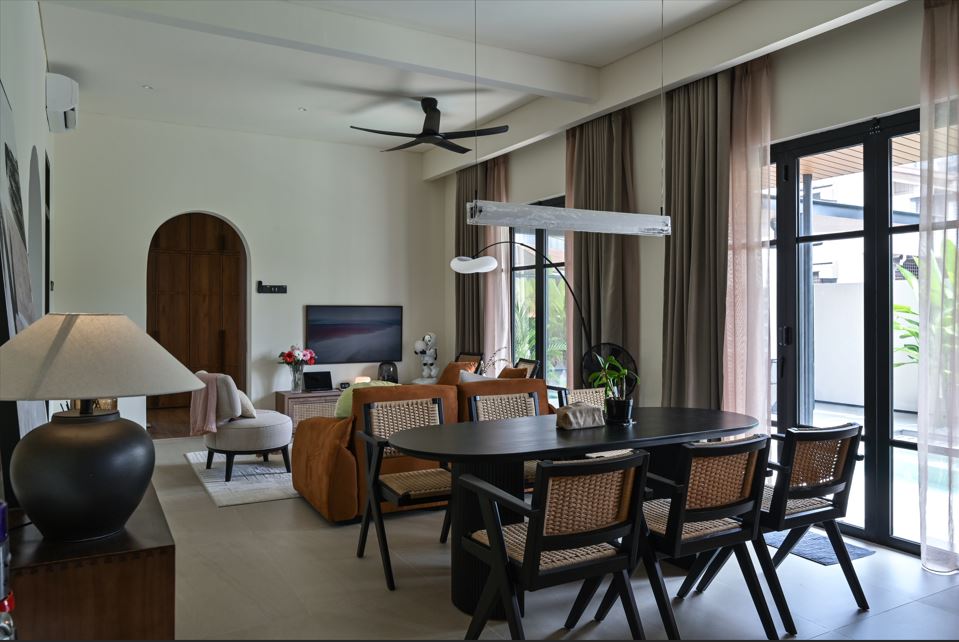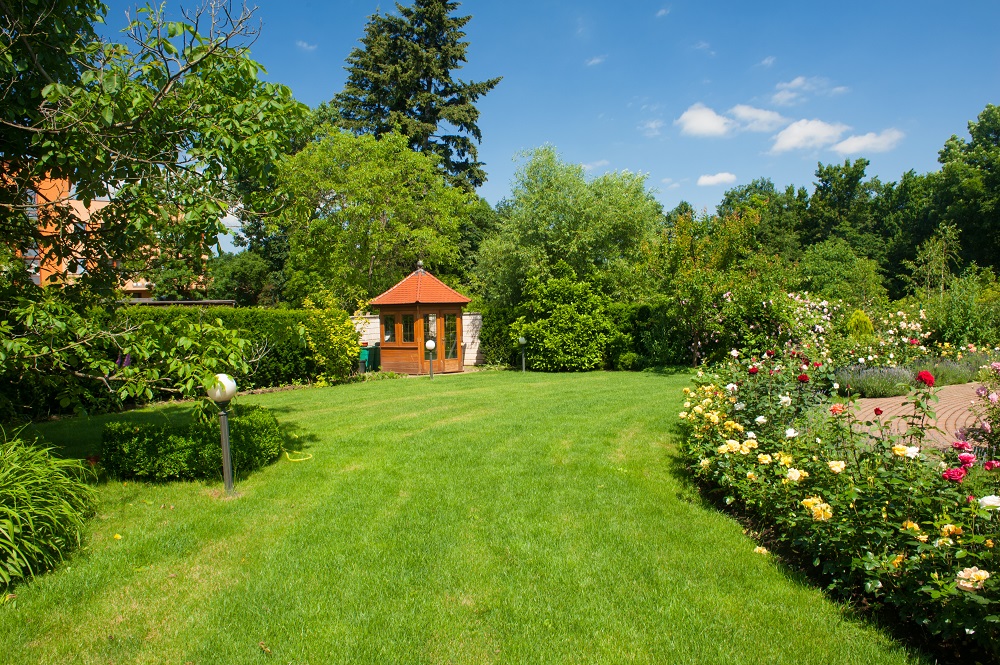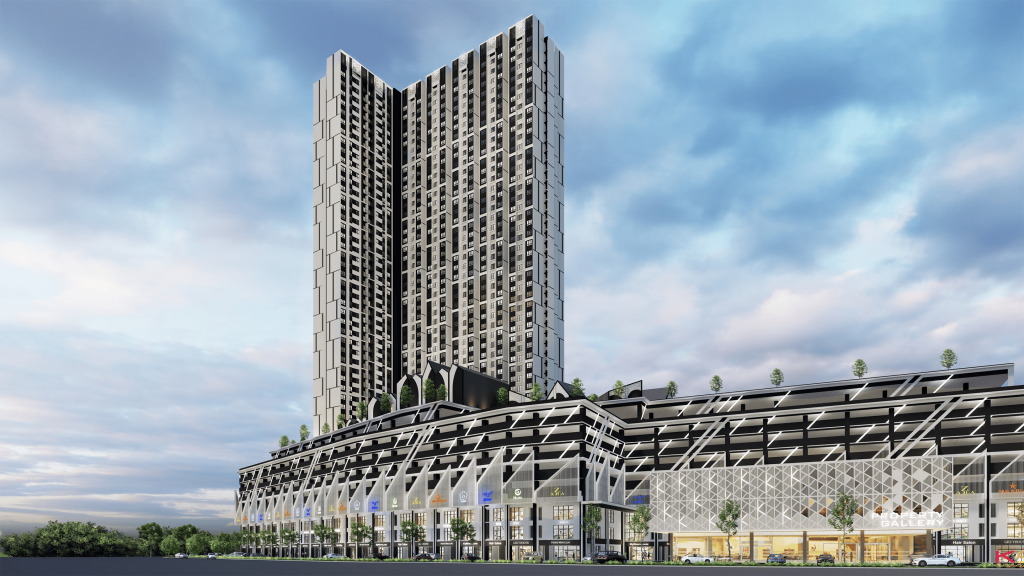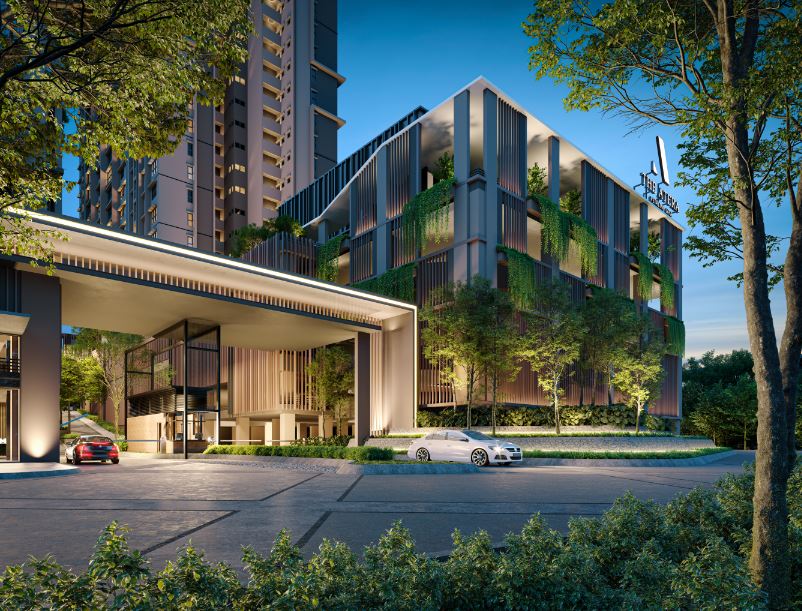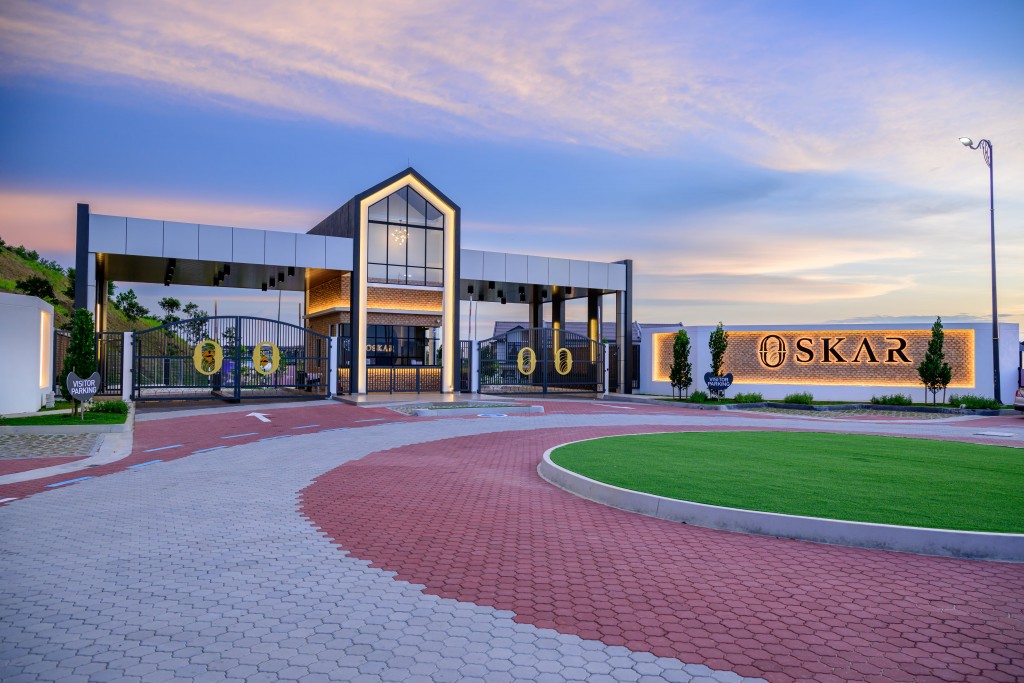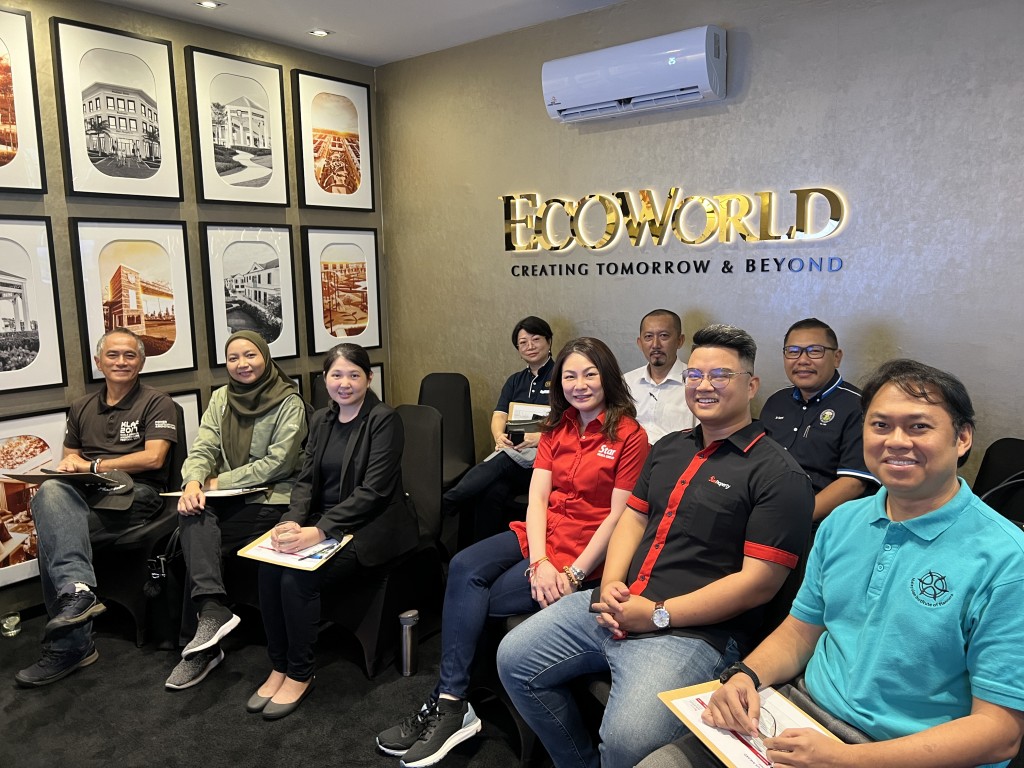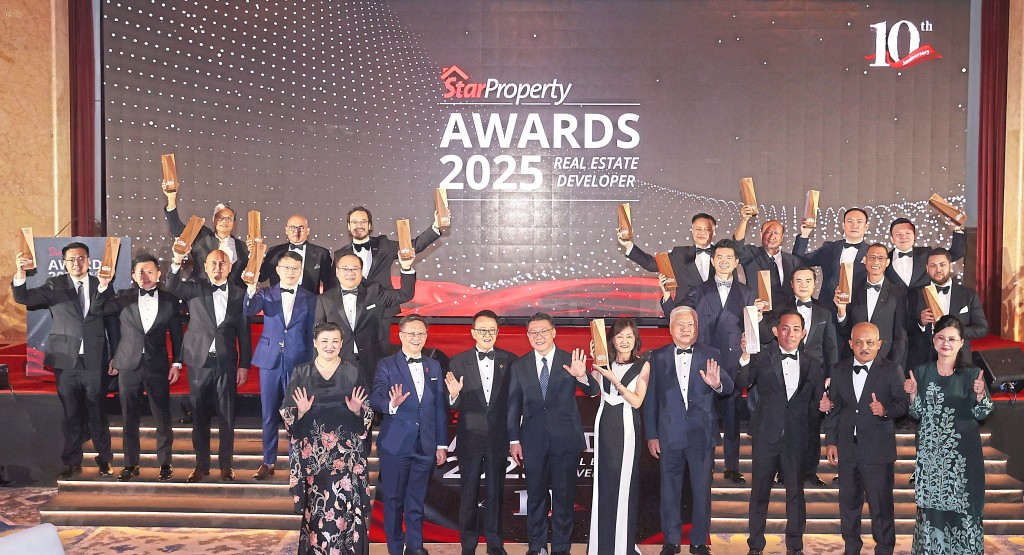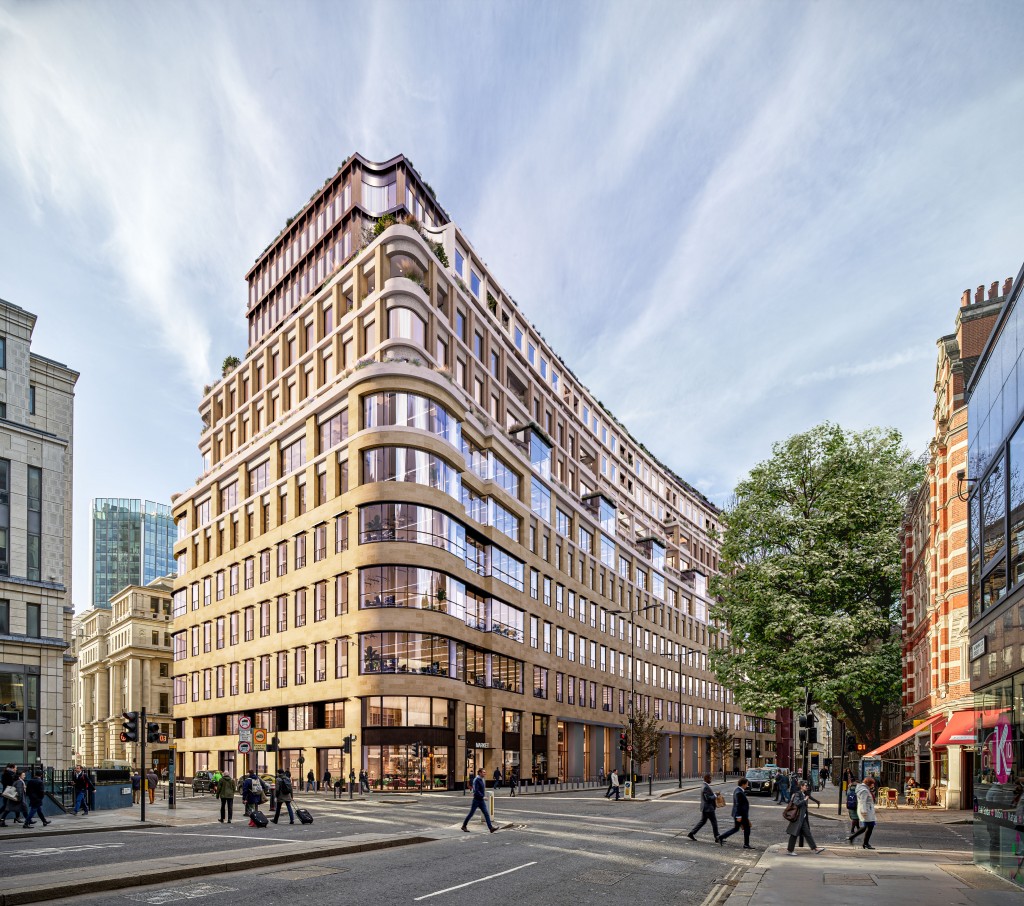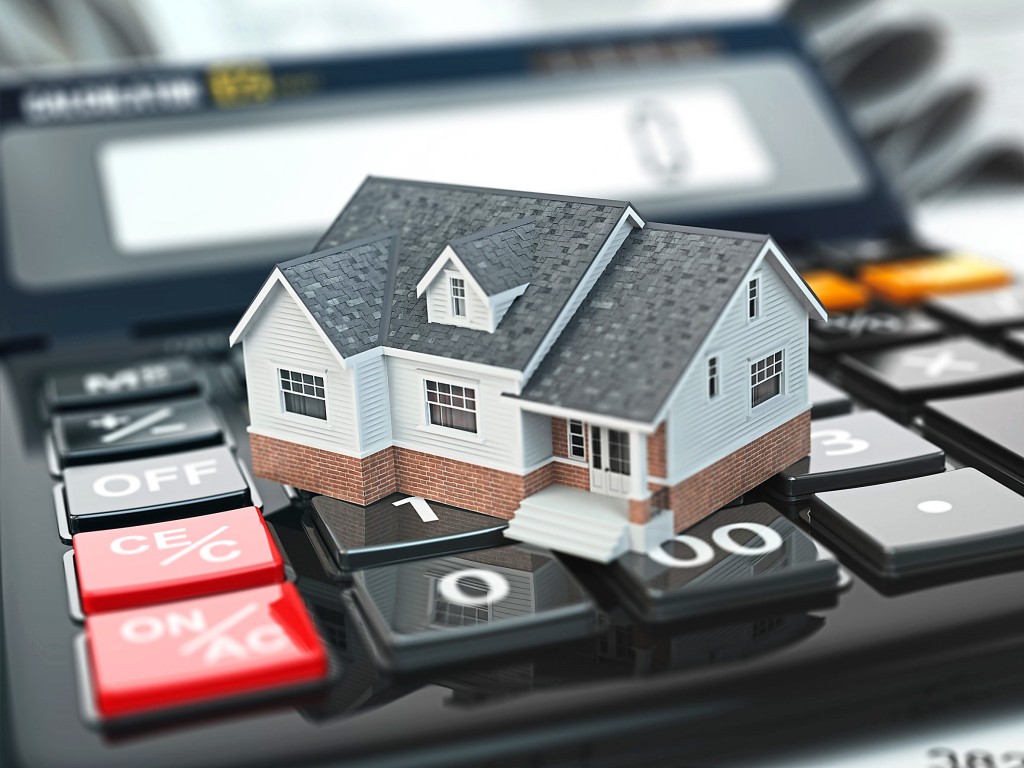Major cities worldwide are rethinking how walkable they are
Contributed by Sulaiman Saheh
During the Asean-China Ministerial Roundtable on Construction and Housing 2024 held recently, Prime Minister Datuk Seri Anwar Ibrahim spoke on the importance of cities and urban centres having character and avoiding becoming a concrete jungle. This involves a city that embodies environmentalism, cultural diversity, inclusivity, digitalisation and many more. Ultimately, aiming for the end goal of becoming a sustainable and liveable city. Concurrently, the Smart City agenda is also actively pursued by various countries around the world in response to the urban problems faced by many cities today, including Malaysia. Be it pollution, congestion, affordability or space utilisation, the elements and criteria of a Smart City are designed to solve these urban issues. One common factor most, if not all, of the top smart cities today have is walkability as a holistic method to solving several urban issues simultaneously.
Walkable is used to characterise an area to be pleasant, easy and safe to walk in or a certain location to be within walking distance. Walkability is then a measurement of how friendly an area is to walk for everyday commuters and a walkable city is deemed as a liveable built environment that fosters a sustainable lifestyle. When a city is said to be walkable, it should also address the level of quality of the walking experience with sufficient emphasis placed on pedestrians – as how a Smart City ought to be. As the cheapest form of mobility, walking is an integral part of a public transport system. Furthermore, this necessity is even more important for those who heavily rely on public transportation due to the high cost of private transportation with tolled highways, parking fees and rising fuel costs. For a city to be considered a successful smart city, the walkable option for everyday commuters is practised as more of a viable transport option and voluntary choice rather than out of necessity.
Though traditionally the success of a city development is measured by the extent of infrastructure projects for motor vehicles, the shift in focus from private motor vehicles to public sharing facilities and amenities for the sake of environmental and accessibility concerns has pushed cities to be more people-oriented.
Urban planners in major cities around the world have been rethinking how we travel and many believe walkability is key. Cities such as Copenhagen, Zurich, Seoul and Singapore have been cited as exemplary smart cities to have successfully implemented and embodied smart pedestrian-oriented initiatives. To encourage more people to walk and use public transportation, these cities have incorporated and built walking-friendly facilities and amenities across the city. In Copenhagen, the government had anticipated the future of sustainable mobility since the 1960s and created areas exclusive to pedestrians. Decades later, the city is now famous for its bicycle network and the many pedestrian areas scattered throughout the city that are connected by a variety of different modes of transportation.
Similar to Copenhagen, Zurich is renowned for its daily use of bicycles and walking. Up to 34% of commuting trips are made on foot or by bike. This success reflects the city’s efficient, integrated and multimodal mobility system, minimising the need for cars. A key moment was in 1996, when Zurich’s government enacted legislation mandating that any new parking spaces must replace old ones, effectively halting new parking additions. This led to limited car use, as parking became scarce and costly. Consequently, locals increasingly used public transportation, bicycles, or walked, freeing up ground-level spaces for parks and pedestrian areas, thus enhancing the city's experience.
In 2016, a publication titled Walkable and Bikeable Cities: Lessons from Seoul and Singapore, produced by Singapore’s Centre for Liveable Cities and South Korea’s Seoul Development Institute, examined case studies on walkability and bikeability projects in both cities. The publication aimed to offer insights into each city's unique strategies and experiences.
In Seoul, the car-free movement is exemplified by Myeongdong, a historic shopping district established in the 1960s. Covering a 1 km stretch with various retail and dining options, Myeongdong focused on enhancing public spaces due to constraints on large-scale redevelopment. Designated as a car-free zone in 1997, it saw further improvements in pedestrian conditions with a district plan completed in 2006. Complementing this, the Seoul Metropolitan Government revamped the bus system in 2004 to address environmental and financial concerns, introducing exclusive bus lanes, an automated fare system and a new incentive framework for the bus industry.
Singapore’s Orchard Road, the country’s premier shopping district, began as fruit orchards and spice plantations in the 19th century. Redeveloped into a vibrant shopping area in the 1960s, the 2.4-km stretch was designed with walkability as a priority, often involving the removal of obstructive architectural features. To provide shade, a linear alley of trees was planted, creating a lush canopy along the pedestrian walkway. This initiative inspired Singapore’s Urban Redevelopment Authority (URA) in 1994 to implement a comprehensive pedestrian network plan, including covered walkways between buildings, enhancing the overall pedestrian experience along Orchard Road.
Back in Malaysia, while the country has achieved some level of walkability for Kuala Lumpur and key urban areas within the Klang Valley such as in Bukit Bintang-KLCC area and other parts of the city, there is still much room for improvement. In addition to the widening of rail networks done over the past years, the issue of last-mile connectivity must also be addressed as without it, daily commuters will still need to rely on private transportation to commute between train stations and their respective homes. And not just between stations and homes, the last mile can also be referred to the distances between stations and other commercial destinations such as commercial hubs, shopping malls and office buildings. The Malaysian Transport Ministry has stated the aim to intensify efforts to improve the public transportation network and walkability level in Kuala Lumpur. In recognising the current gaps in the current system, the ministry is looking to focus on upgrading works via concerted programmes by the respective local governments and city councils in collaboration with the private sector.
For a city to be successful be it as a smart city, sustainable city or developed city, the element of walkability holds just as much importance as many other key factors. By reducing the dependence of everyday commuters on private motor vehicles by way of providing better quality and wide-reaching public infrastructure networks across the city which inherently demand walkability, a higher level of accessibility and inclusivity can be achieved alongside creating a more environmentally friendly and people-oriented urban setting.

Sulaiman Saheh is the director of Research at Rahim & Co International, a real estate consultancy firm in Malaysia. If there are any inquiries, please email sulaimansaheh@ rahim co.com.
Stay ahead of the crowd and enjoy fresh insights on real estate, property development, and lifestyle trends when you subscribe to our newsletter and follow us on social media.

